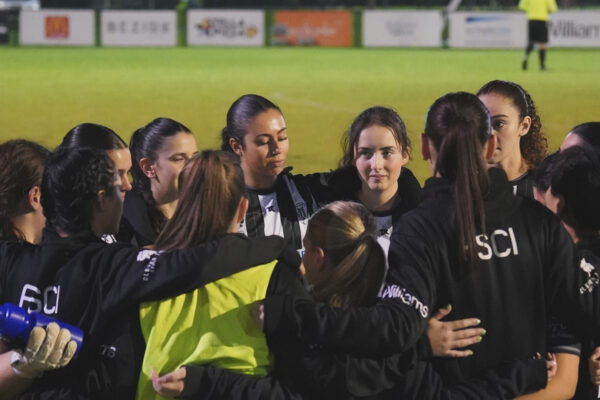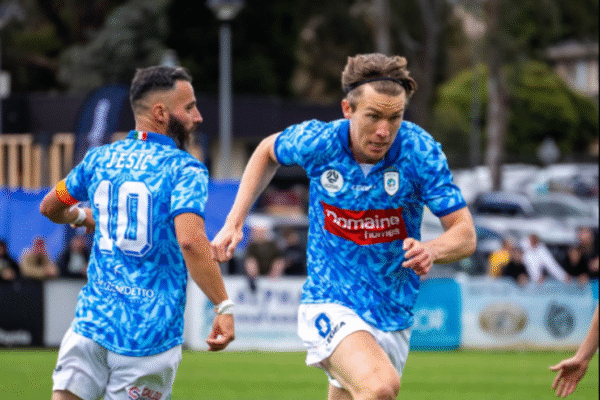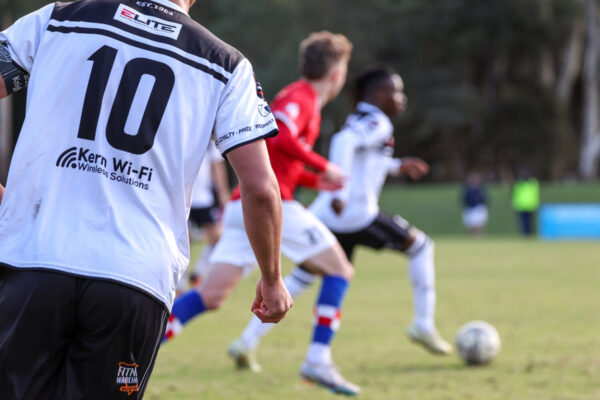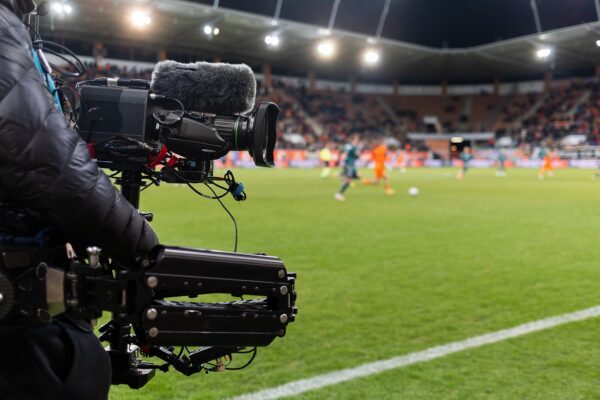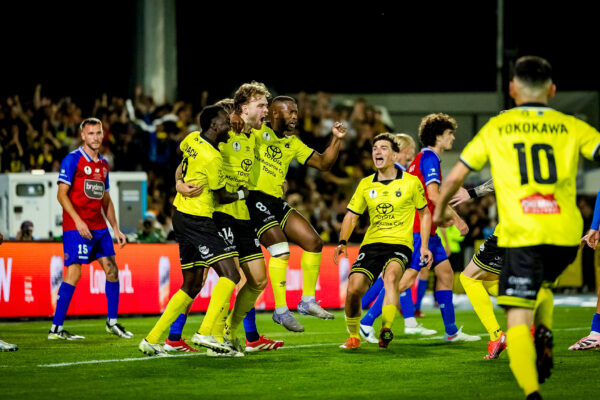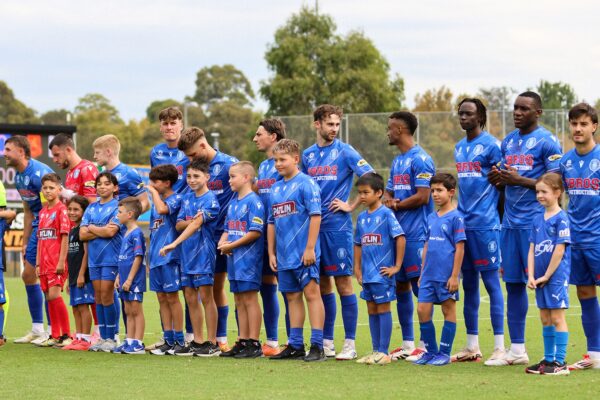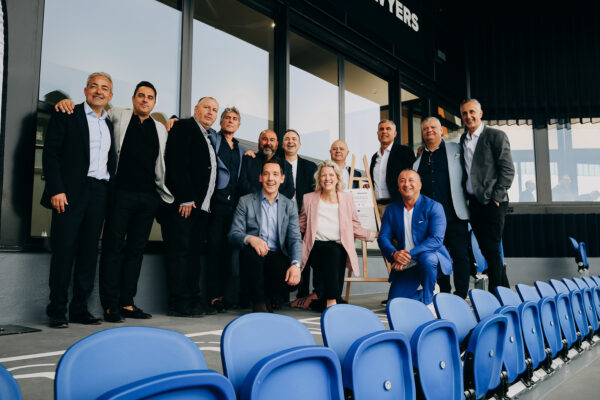
Image credit: Australian Championship
The inaugural Australian Championship has burst onto the scene with an impressive opening weekend, marking the return of a national second-tier football competition in Australia for the first time in over 20 years.
This new competition represents a vital bridge between the grassroots and professional levels of Australian football, finally providing a stage for National Premier Leagues (NPL) clubs to showcase their quality to fans nationwide.
With 16 teams competing and SBS broadcasting 17 of the 55 matches live, the Championship has already brought unprecedented exposure and excitement to Australia’s football landscape.
Not many other second-tier divisions across the world are given the opportunity to showcase their talents through this kind of broadcast deal, making it all the more unique for the best NPL teams to show their players’ talents to division one clubs in other countries, who may never have gotten the chance to watch them before.
Comparing Beginnings: How the A-League’s introduction changed the game
Back in 2005, as the A-League formed, fans of the old NSL were reminded that Australian football was entering a new age with the game’s governing body’s official name changing from Soccer Australia to Football Federation Australia.
During the A-League’s first season in 2005/2006, attendance was at an average of 10,544 per game from a total of 61 matches. It is not the expectation that the Australian championships will showcase the same numbers, but it just goes to show how a competition’s start will only keep increasing in the future.
The Australian championships have already shown promising attendance numbers, with South Melbourne (6,825), Preston (4,241) and Heidelberg (2,083) cumulatively getting 13,149 fans attending games, resulting in the remaining five teams getting a total of 6,374 at an average of 1,275 per game after the first week of play.
Though with the A-League season starting just one week after the beginning of the Australian champions, it may be better to have the NPL teams in winter and in doing so prevent the possibility of having fans attend A-League games instead.
These NPL teams should be given the chance to stand on their own and thrive instead of trying to compete against a league that’s starting its season behind 20 years of history.
While it is the aim of the Australian championships to provide this spotlight, which they have, it is of this writer’s opinion that they are not reaching their full potential due to the overlapping schedules with the A-League.
A Platform for Growth: What the Championship Means for Clubs
Small clubs have seen magnified attention from the Australian championship during its first week; one of the teams, South Hobart, was able to round up an estimated 1,300 for their home game at D’arcy Street.
South Hobart has been one of the longest-running NPL clubs in Australia, with 115 years of history. The Australian Championship has given them much-deserved spotlight and provides the club with an opportunity to compete against some of the best NPL clubs in the country.
Recently, South Hobart has secured funds of $1.5 million from the Australian Government and the Government of Tasmania to support the improvement of facilities at D’arcy Street that highlight a new attention to detail for the club.
These improvements include female change rooms, lighting, a club room, and an accessible toilet, which are just some of the new advancements coming South Hobart’s way.
NSW Spirit is one of the other teams that will have the opportunity to spread its wings from the Australian championship after being crowned premiers of the Men’s NSW NPL competition this year.
After entering the NPL competition in 1962, the NSW Spirit formed in the wake of the success of the Gladesville Hornsby Football Association’s U21 NSW team, which signified the team should be playing in the NSW Federation 1st Division Amateur Competition.
The Australian Championships will be another milestone for the Spirit after the club reached the Round of 32 in the Australian Cup for the first time in 2022.
However, South Melbourne FC has seen the most success so far from the Australian championships, attendance-wise. Their match against Sydney Olympic FC drew an estimated 6,825 at Lakeside Stadium.
South Melbourne FC has already seen their fair share of success from having won 10 Victoria men’s titles, five women’s titles, 10 Dockerty Cups and one State Cup, with their eyes now set on becoming the first winners of the Australian championships.
I believe the Australian championships will only grow in popularity the more it airs coverage for the NPL and, in doing so, will help grow the popularity for these clubs and take them to heights never before seen in their history.




